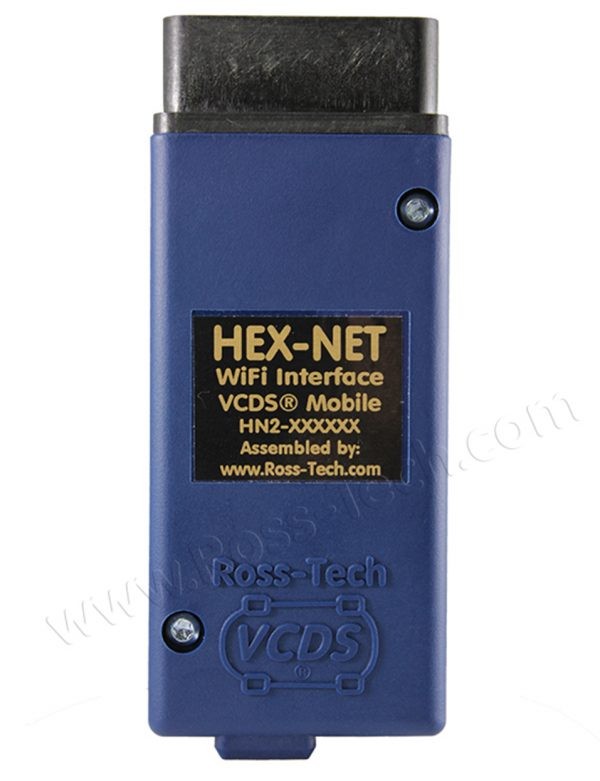Understanding how to convert VCDS PIDs (Parameter IDs) to hexadecimal is crucial for advanced diagnostics and troubleshooting of Volkswagen, Audi, Seat, and Skoda vehicles. This guide provides a detailed overview of the process and its importance in utilizing the full potential of VCDS (Vag-Com Diagnostic System).
What are VCDS PIDs and Why Convert to Hexadecimal?
VCDS software uses PIDs to request specific data points from a vehicle’s control modules. These PIDs are often represented in decimal format within the VCDS interface. However, many technical documents, diagnostic procedures, and online resources reference PIDs in their hexadecimal equivalent. Converting decimal PIDs to hexadecimal allows for seamless cross-referencing and a deeper understanding of the data being accessed. This knowledge empowers users to interpret diagnostic trouble codes (DTCs), analyze sensor readings, and perform advanced customizations.
How to Convert VCDS PIDs to Hexadecimal
The conversion process is straightforward and can be accomplished using several methods:
Using a Calculator
Most scientific calculators include a function to convert decimal numbers to hexadecimal. Simply enter the decimal PID and select the hexadecimal conversion option.
Using Online Converters
Numerous online tools provide instant decimal to hexadecimal conversion. Search for “decimal to hex converter” and enter the decimal PID into the input field.
Manual Conversion
For those who prefer a manual approach, the following steps outline the conversion process:
- Divide the decimal PID by 16.
- Note the quotient and remainder.
- If the quotient is greater than 0, repeat steps 1 and 2 using the quotient.
- Continue this process until the quotient is 0.
- Convert each remainder to its hexadecimal equivalent (0-9, A-F).
- Write the hexadecimal equivalents in reverse order of calculation.
For example, let’s convert the decimal PID 1234 to hexadecimal:
- 1234 / 16 = 77 remainder 2 (Hexadecimal equivalent: 2)
- 77 / 16 = 4 remainder 13 (Hexadecimal equivalent: D)
- 4 / 16 = 0 remainder 4 (Hexadecimal equivalent: 4)
Reading the remainders in reverse order, the hexadecimal equivalent of 1234 is 4D2.
Practical Applications of Hexadecimal PIDs
Understanding hexadecimal PIDs unlocks a wealth of information:
- Accessing Hidden Features: Some vehicle features and customizations are only accessible using hexadecimal PIDs.
- Troubleshooting Complex Issues: Hexadecimal PIDs provide a more granular level of detail for advanced diagnostics.
- Customizing Vehicle Behavior: Adjusting parameters using hexadecimal PIDs allows for fine-tuning vehicle performance and behavior.
- Understanding Data Logging: Analyzing data logs often requires interpreting hexadecimal PIDs.
Ross-Tech’s HEX-NET interface, used with VCDS software.
Conclusion
Converting VCDS PIDs to hexadecimal is an essential skill for anyone seeking a deeper understanding of their vehicle’s diagnostics and functionality. By mastering this conversion, users can unlock the full potential of VCDS and gain valuable insights into their vehicle’s performance. Whether utilizing online converters, calculators, or manual methods, the ability to convert between decimal and hexadecimal representations of PIDs empowers users to navigate technical documentation, troubleshoot complex issues, and customize their vehicles with precision.
The HEX-NET interface allows connection via USB.
VCDS is compatible with a wide range of VAG vehicles.

